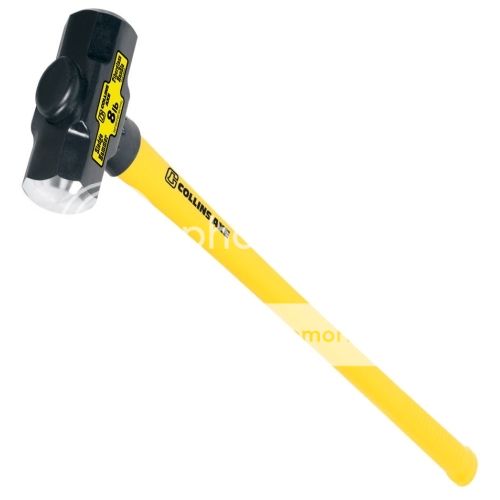Well, I was in for a pleasant surprise, followed by an unpleasant surprise followed by a... huh?!
Pleasant surprise: it was WAY easier to remove than I expected. Literally, I just disconnected the battery, removed the bar, removed the battery, loosened the hose clamps on the intake tube, pulled out the little hose and the metal bracket out of the tube, pulled the tube out, and then just got in there with a 1/4" socket wrench with 12mm, and was able to get it off pretty darn quick. Got the gasket too without much effort.
Unpleasant surprise: None of the four screws wanted to come out with a screwdriver. I was able to grab them with a visegrip, and twist them. Two of them came out, two of them snapped. Once I got the motor off the valve (which required more effort than I expected), I was unable to remove the two that snapped. One snapped with some thread left, the other snapped flush to the tube. The one that had stuff sticking out I tried grabbing with the visegrip again, and it snapped inside the tube. I drilled that one out.
Huh: The inside was dirty, but I expected it to be dirtier than it was. I was able to clean it some, but the valve seemed to open and close pretty easily, both before and after. It's hard for me to imagine that was the problem.
I also tried sticking a screwdriver into the ports on the manifold to try to see if I hit anything, but they felt relatively unobstructed.
I measured the four resistances (as described in the page above) and all rang out at between 22.5 and 23.5 ohms, so they are all good. I do wonder if that's more of a solenoid-ish thing than a motor. Could I simply put 12V from C to E (or A) or from D to F (or B) to test it off the car? Or should I just get new screws and re-install and see if it goes away.
If this isn't the problem, what's the next thing to check? I assume some sort of blockage in the tube from the exhaust manifold or clean the intake manifold with seafoam or something?



